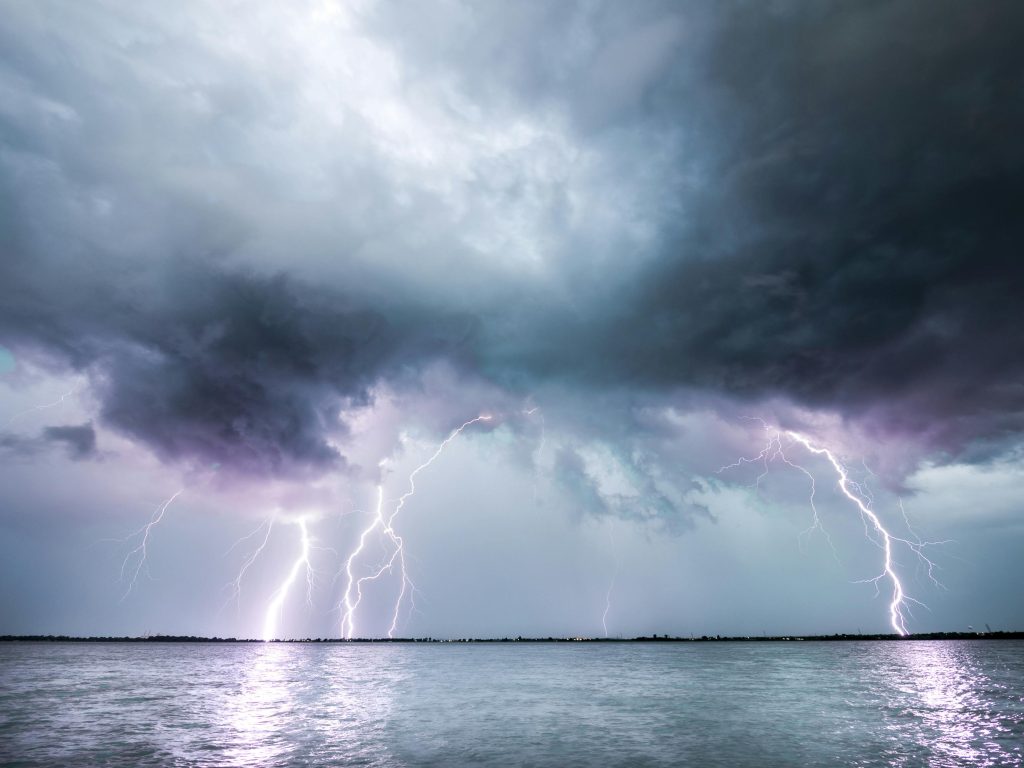While hurricanes and tornadoes get most of the attention, atmospheric rivers are among the most powerful weather phenomena on Earth. These narrow corridors in the atmosphere transport vast amounts of water vapor—equivalent to the flow at the mouth of the Amazon River.
When they make landfall, atmospheric rivers can dump torrential rain or snow, leading to floods, landslides, and infrastructure damage. Regions like California depend on them for water supply but also suffer from their unpredictability.
Climate scientists are closely studying these rivers as warming temperatures make them more intense and more frequent, increasing both water resource potential and disaster risk.
Understanding atmospheric rivers is key to better weather prediction and climate adaptation—especially as extreme weather events become the new normal.
They may be invisible, but atmospheric rivers are shaping the future of climate science and preparedness.



